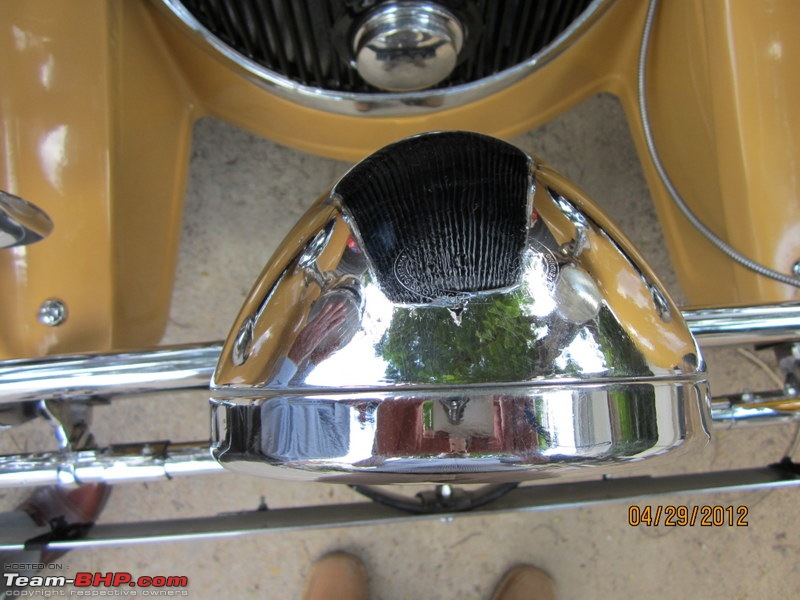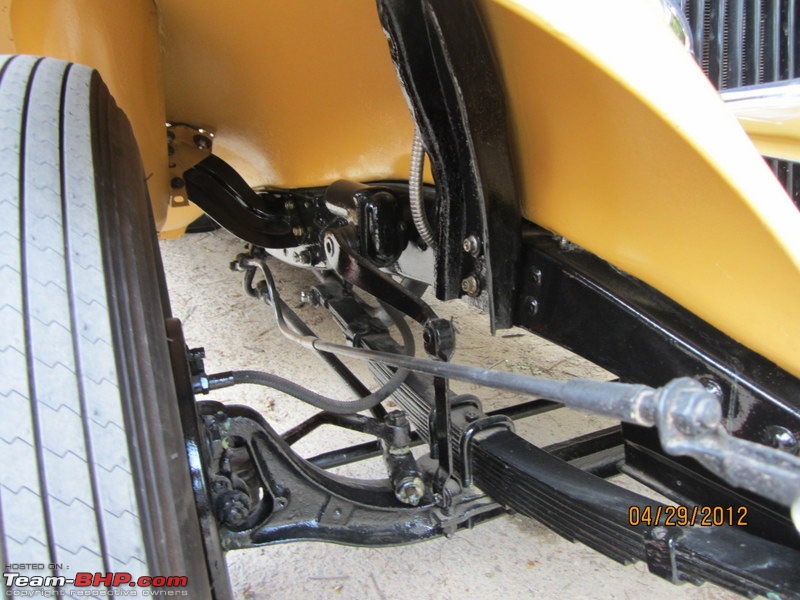| | #31 |
| Distinguished - BHPian  | |
| |  (1)
Thanks (1)
Thanks
|
| |
| | #32 |
| Senior - BHPian | |
| |  (3)
Thanks (3)
Thanks
|
| | #33 |
| Senior - BHPian Join Date: Nov 2008 Location: Mumbai
Posts: 4,033
Thanked: 3,281 Times
| |
| |
| | #34 |
| Distinguished - BHPian  | |
| |  (5)
Thanks (5)
Thanks
|
| | #35 |
| Senior - BHPian | |
| |
| | #36 |
| BHPian Join Date: May 2008 Location: Bangalore
Posts: 196
Thanked: 400 Times
| |
| |  (10)
Thanks (10)
Thanks
|
| | #37 |
| BHPian Join Date: Dec 2009 Location: planet earth
Posts: 888
Thanked: 1,188 Times
| |
| |
| | #38 |
| Senior - BHPian Join Date: Aug 2005 Location: BOMBAY
Posts: 1,821
Thanked: 2,005 Times
| |
| |
| | #39 |
| Distinguished - BHPian  | |
| |
| | #40 |
| BHPian Join Date: Dec 2007 Location: Hyderabad
Posts: 152
Thanked: 159 Times
| |
| |
| | #41 |
| Distinguished - BHPian  Join Date: Mar 2008 Location: Ann Arbor
Posts: 2,934
Thanked: 8,551 Times
| |
| |
| |
| | #42 |
| Distinguished - BHPian  | |
| |
| | #43 |
| Distinguished - BHPian  | |
| |  (1)
Thanks (1)
Thanks
|
| | #44 |
| Distinguished - BHPian  | |
| |  (1)
Thanks (1)
Thanks
|
| | #45 |
| Senior - BHPian | |
| |  (7)
Thanks (7)
Thanks
|
 |
Most Viewed





 ) work on the same principle.
) work on the same principle. 















